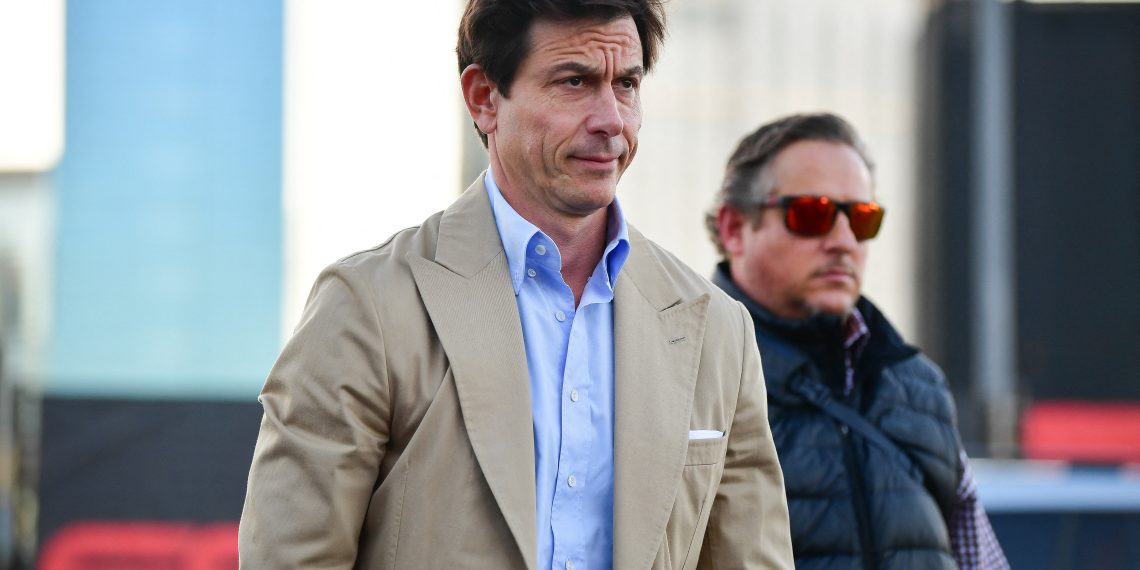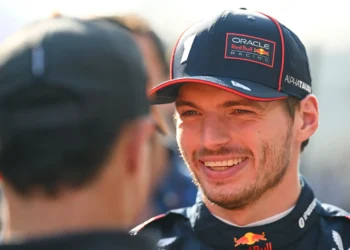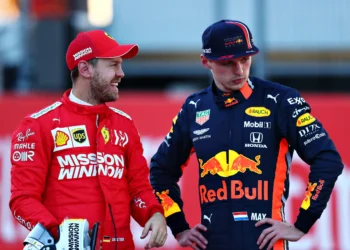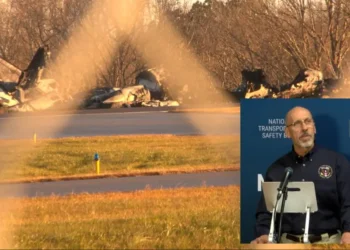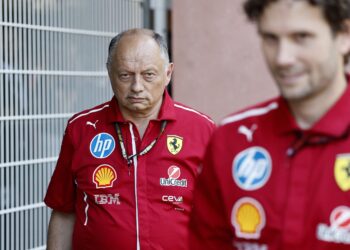The recent announcement that Cadillac’s bid to join Formula 1 has been accepted has sparked excitement, skepticism, and plenty of debate. Cadillac’s move, which distances itself from the previously proposed Andretti Autosports partnership, paves the way for an 11th team on the grid starting in 2026. While fans are buzzing at the prospect of 22 cars fighting for victory, some F1 team principals, including Mercedes’ Toto Wolff, are less optimistic—especially when it comes to the financial implications.
$450 Million Dilution Fee: Too Little, Too Late?
At the heart of the controversy is the reported $450 million dilution fee Cadillac will pay to compensate existing teams for their share of Formula 1’s revenue. This fee is intended to offset the financial impact of dividing prize money among an additional team. However, Wolff believes the sum is inadequate, arguing it fails to fully compensate the current teams for the revenue dilution caused by Cadillac’s entry.
“When you look at it in the first instance, we lose out,” said Wolff. “The compensation fee, which is currently set at $450 million, is too low. It does not make up for the direct loss in income.”
The 2024 F1 season saw over $1.2 billion distributed among the ten existing teams. Cadillac’s entry would increase the total prize pool to approximately $1.65 billion, but with more teams sharing the pot, individual teams stand to receive a smaller slice.
Potential Positives: Cadillac’s Works Team Vision
Despite his concerns about the immediate financial hit, Wolff acknowledged Cadillac’s potential to bring long-term value to the sport. He suggested that if Cadillac enters as a fully-fledged works team and invests heavily in marketing, it could become an asset that benefits all teams by boosting F1’s overall visibility and popularity.
“Only time will tell what value the sport gains from having an 11th participant. If Cadillac enters now with a works team and invests an appropriate marketing budget into Formula 1, it will be a valuable addition to the sport,” Wolff said.
Cadillac has already confirmed its partnership with Ferrari for power units starting in 2026, marking another boost for the Italian constructor, which gains a new customer for its engine program. However, questions remain over Cadillac’s ability to assemble a competitive lineup of drivers and personnel in time for its debut.
Concerns Among Existing Teams
Wolff’s reservations reflect broader concerns among F1 teams about the dilution of resources and competition for sponsors, fans, and funding. Current teams, particularly the top performers like Mercedes, Ferrari, and Red Bull, have argued that new entrants must bring significant value to justify their inclusion. Cadillac’s entry adds pressure for the American automaker to not only compete but also elevate the sport’s profile in key markets.
A Strategic Gamble for F1
The addition of Cadillac comes at a time when Formula 1 is experiencing unprecedented growth, particularly in the United States. With three U.S.-based races on the calendar and a booming fanbase, Liberty Media has banked on expanding the grid to sustain the sport’s upward trajectory. Cadillac, with its storied motorsport history, is poised to capitalize on this momentum.
However, as Wolff emphasized, the true impact of Cadillac’s entry will depend on how well the team integrates and performs, both on and off the track. Will Cadillac’s arrival usher in a new era of competition and excitement? Or will it prove to be a financial misstep for existing teams? Only time—and track performance—will tell.

